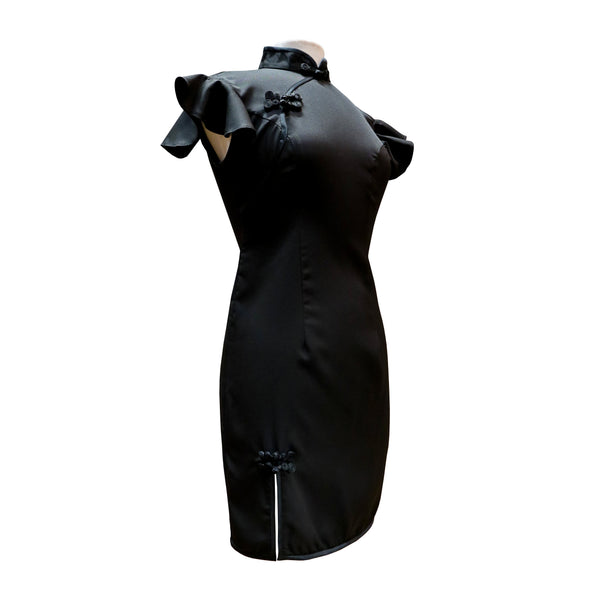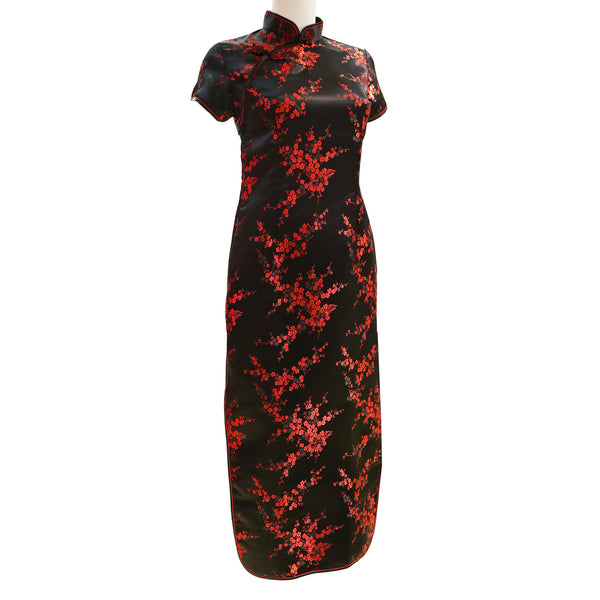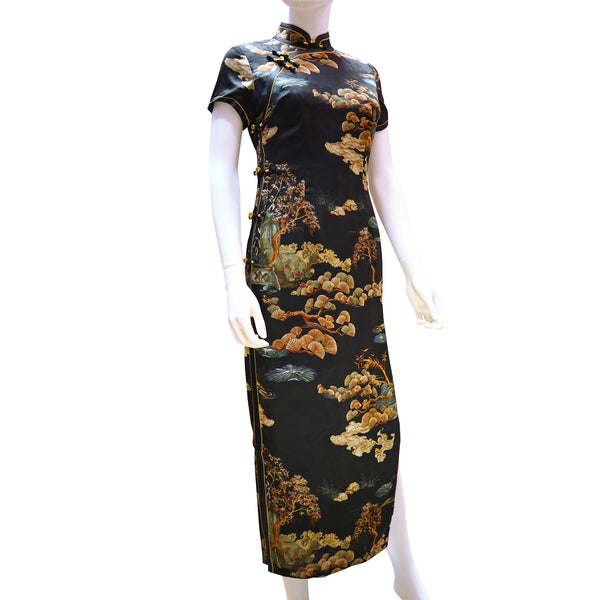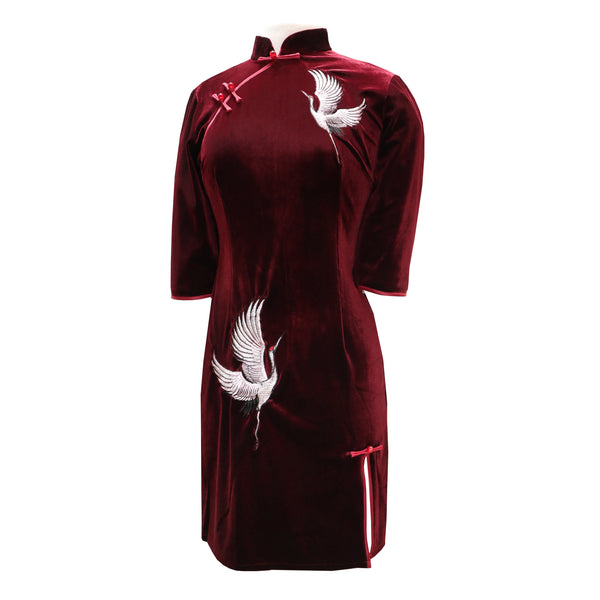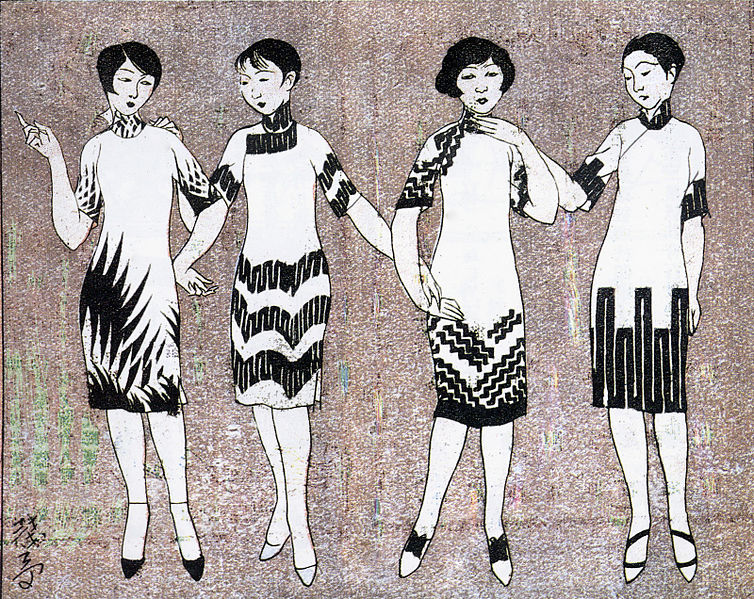
More Than a Dress: A Brief History of the Cheongsam
The cheongsam — also known as the qipao — might be considered the epitome of Chinese fashion. You can see the elegant, body-hugging dress in art and advertising, the movies, and some brides on their wedding days. But how did this iconic item come about?
Qipao vs. cheongsam
Let’s start with the basics. While the terms cheongsam and qipao are often used interchangeably (the two terms do indeed refer to the same piece of apparel), they actually have different origins. Cheongsam is from Cantonese and translates as “long gown” while qipao is from Mandarin and literally means “banner robe.”
While “long gown” is understandable, what about “banner robe”? This form-fitting fashion statement is far from a robe, and what the heck do banners have to do with it?
Manchu origins
It all started with the Manchus. During the Qing Dynasty in the early 16th century a chieftain named Nurhaci created the Eight Banner System. Warriors were organized into what would eventually be eight different companies, each with its own flag or banner. This powerful military organization would be used to conquer all of China and secure Manchu rule for the next 250 years.
The Manchus, an ethnic minority in China, and anyone living under the Eight Banner System distinguished themselves from ordinary citizens (mostly Han people, China’s largest ethnic group) by wearing different clothing. These “Banner People” wore changpao or “long robes” for men and qipao for women.

A noble woman from the Qing Dynasty
However, these qipao looked very different from what we know today. They were loose, fully covered the arms and legs, and could be quite heavy with many layers. So how did it transform into its far slinkier modern version?
The fall of the Manchu
The Qing Dynasty finally came to an end in 1911. After that came the Republic of China and along with it, reform and increased education for women. Female students ditched the heavy “banner robes” (and not to mention the bound feet) and began wearing a modified version, often including wide trousers.
The rise of the Chinese flapper
By the 1920s, long gowns were back in style again, perhaps influenced by Western below-the-knee flapper dresses, and an even further slimmed down version of the original qipao emerged.
When stockings were introduced in Shanghai in the 1930s, things changed again. While an ancient city, Shanghai only gained international attention in the mid-19th century when the Treaty of Nanking opened it as a treaty port. By the 1920s and ‘30s, it had become a hotbed of fashion and style.

At first women wore qipaos with trousers, much the way men did with changpaos. However, with the introduction stockings and high heels, trousers were done away with and the side slit lengthened. At the same time, again perhaps influenced by Western style, the dresses became tighter. Soon everyone from famous singers to famous first ladies were wearing qipaos, further heightening its popularity.
The Communist Revolution
Of course nothing lasts forever. After the Communist Revolution in 1949, the qipao fell out of favor. Perhaps seen as a symbol of both feudal times and Western influence, anyone caught wearing a qipao was deemed “counter-revolutionary.”
However, the tradition of the qipao continued when, it’s said, tailors in Shanghai escaped to Hong Kong (hence perhaps the rise of the term cheongsam over its Mandarin counterpart). That would explain all the fabulous dresses worn by Maggie Cheung in Wong Kar-Wai’s In the Mood for Love which focuses on the lives of the exiled Shanghainese community in early 1960s Hong Kong.
Want more? Check out Pearl River’s own selection of qipaos and other dresses.

